
Exploring the Majestic Mount Baker-Snoqualmie National Forest
Discover the unparalleled beauty and adventure of Mount Baker-Snoqualmie National Forest, a haven for outdoor enthusiasts and nature lovers in Washington State.
Nestled in the heart of Washington State, Mount Baker-Snoqualmie National Forest is a treasure trove of natural beauty and outdoor adventure. Spanning over 1.7 million acres, this vast forest offers a diverse landscape that includes rugged mountains, lush forests, roaring rivers, and serene alpine meadows. Whether you're an avid hiker, a keen photographer, or simply someone who loves to immerse yourself in nature, this destination has something for everyone. One of the standout features of Mount Baker-Snoqualmie National Forest is its impressive trail system. With over 1,500 miles of trails, visitors can explore everything from easy, family-friendly paths to challenging backcountry routes. Popular trails like the Pacific Crest Trail and the Heather Meadows area offer breathtaking views of Mount Baker and the surrounding peaks. In the winter, the forest transforms into a snowy wonderland, perfect for skiing, snowboarding, and snowshoeing. Wildlife enthusiasts will also find plenty to marvel at. The forest is home to a diverse array of animals, including black bears, mountain goats, and a variety of bird species. Fishing and camping opportunities abound, allowing visitors to fully experience the tranquility and beauty of this natural paradise. Don't forget to stop by one of the many visitor centers for maps, guides, and information on the best spots to explore.
Local tips in Mount Baker-Snoqualmie National Forest
- Check the weather forecast before heading out, as conditions can change rapidly, especially in higher elevations.
- Visit in the early morning or late afternoon to avoid crowds and enjoy the best light for photography.
- Bring plenty of water and snacks, as amenities can be sparse once you are on the trails.
- Wear layers and sturdy hiking boots, as temperatures and terrain can vary widely throughout the forest.
- Stop by a visitor center for maps and information on trail conditions and wildlife sightings.
- Respect wildlife by keeping a safe distance and not feeding animals.
- Leave no trace - pack out all trash and follow guidelines to protect the environment.
Exploring the Majestic Mount Baker-Snoqualmie National Forest
Nestled in the heart of Washington State, Mount Baker-Snoqualmie National Forest is a treasure trove of natural beauty and outdoor adventure. Spanning over 1.7 million acres, this vast forest offers a diverse landscape that includes rugged mountains, lush forests, roaring rivers, and serene alpine meadows. Whether you're an avid hiker, a keen photographer, or simply someone who loves to immerse yourself in nature, this destination has something for everyone. One of the standout features of Mount Baker-Snoqualmie National Forest is its impressive trail system. With over 1,500 miles of trails, visitors can explore everything from easy, family-friendly paths to challenging backcountry routes. Popular trails like the Pacific Crest Trail and the Heather Meadows area offer breathtaking views of Mount Baker and the surrounding peaks. In the winter, the forest transforms into a snowy wonderland, perfect for skiing, snowboarding, and snowshoeing. Wildlife enthusiasts will also find plenty to marvel at. The forest is home to a diverse array of animals, including black bears, mountain goats, and a variety of bird species. Fishing and camping opportunities abound, allowing visitors to fully experience the tranquility and beauty of this natural paradise. Don't forget to stop by one of the many visitor centers for maps, guides, and information on the best spots to explore.
When is the best time to go to Mount Baker-Snoqualmie National Forest?
Iconic landmarks you can’t miss
Mt. Baker-Snoqualmie National Forest
Experience the breathtaking landscapes and diverse wildlife of Mt. Baker-Snoqualmie National Forest, a true gem of Washington's outdoor adventure.
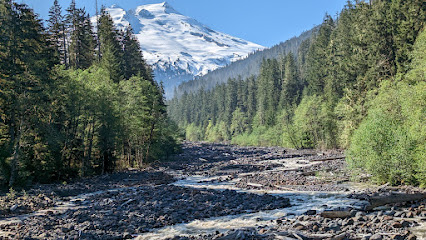
Artist Point
Discover the breathtaking beauty of Artist Point in Mt. Baker-Snoqualmie National Forest, a top hiking area with stunning vistas and vibrant wildflowers.
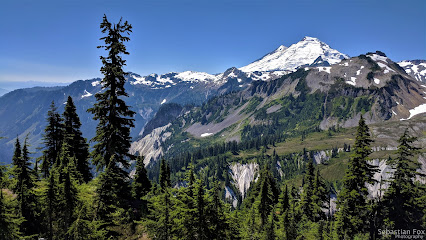
Snow Lake Trailhead
Experience the breathtaking beauty of Snow Lake Trailhead in the Cascade Mountains, a perfect hiking destination for nature lovers and adventure seekers.
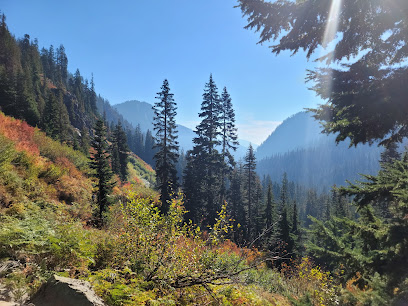
Big Four Ice Caves
Explore the breathtaking Big Four Ice Caves in Granite Falls, Washington, where nature's icy sculptures meet towering mountains and scenic hiking trails.
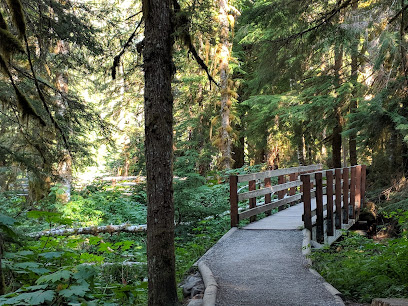
Annette Lake Trailhead
Explore the stunning trails and serene beauty of Annette Lake Trailhead in North Bend, Washington – a must-visit for every nature lover.
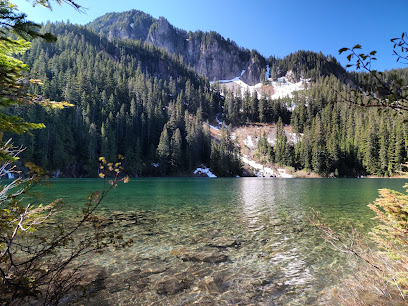
Squak Mountain State Park Natural Area
Discover the serene beauty of Squak Mountain State Park, a premier destination for outdoor enthusiasts in Washington State.
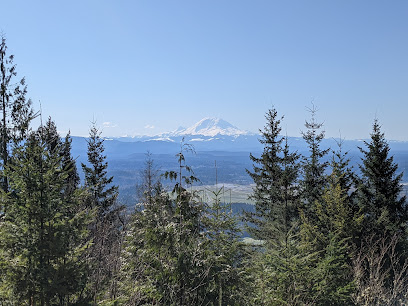
Tolmie Peak Fire Lookout
Explore the breathtaking Tolmie Peak Fire Lookout, a historic gem offering stunning views in Mount Rainier National Park's picturesque landscape.
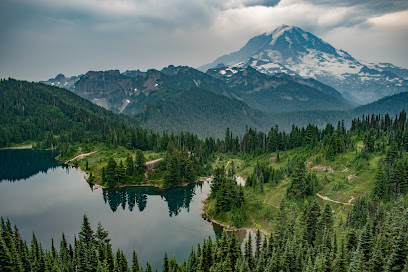
Middle Fork Snoqualmie Trailhead
Explore the enchanting trails and breathtaking landscapes of Middle Fork Snoqualmie Trailhead in North Bend, Washington, a perfect destination for outdoor enthusiasts.
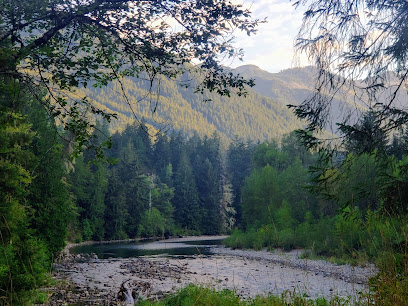
Granite Mountain Trailhead
Discover breathtaking views and unforgettable adventures at Granite Mountain Trailhead in North Bend, Washington.
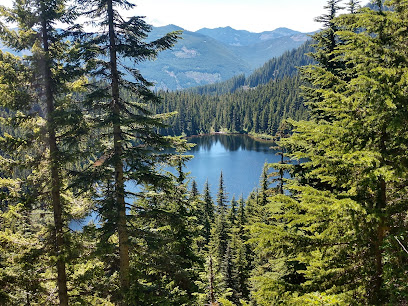
Picture Lake Viewpoint
Experience the breathtaking beauty of Mount Baker at Picture Lake Viewpoint in Deming, Washington - a must-see for nature lovers and photographers alike.
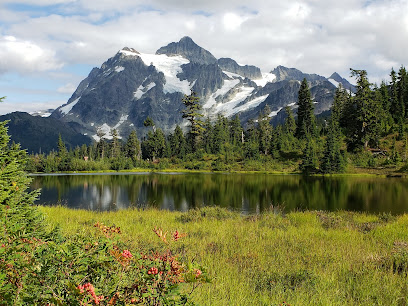
Lower Mailbox Peak Trailhead
Explore the breathtaking landscapes of Lower Mailbox Peak Trailhead in North Bend, WA, a premier hiking destination offering stunning views and serene nature trails.
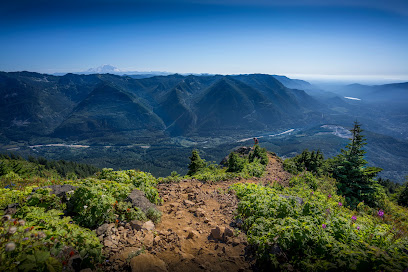
Granite Mountain Lookout
Discover the stunning vistas of Granite Mountain Lookout, where breathtaking views of iconic peaks await your exploration in Washington's scenic outdoors.
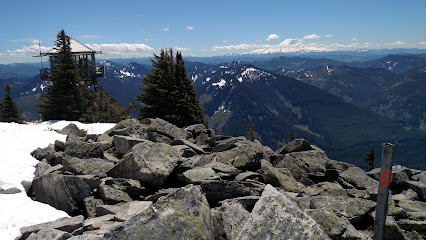
Park Butte Lookout
Discover breathtaking views and adventure at Park Butte Lookout, a historic fire lookout in the stunning Mt. Baker Wilderness of Washington.
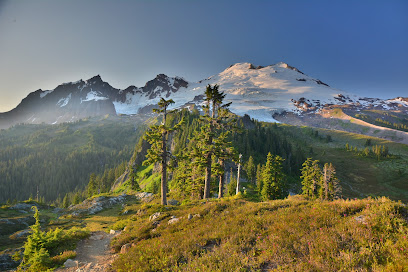
Hidden Lake Lookout
Discover the breathtaking views at Hidden Lake Lookout in Washington's North Cascades, a perfect retreat for nature lovers and photographers alike.
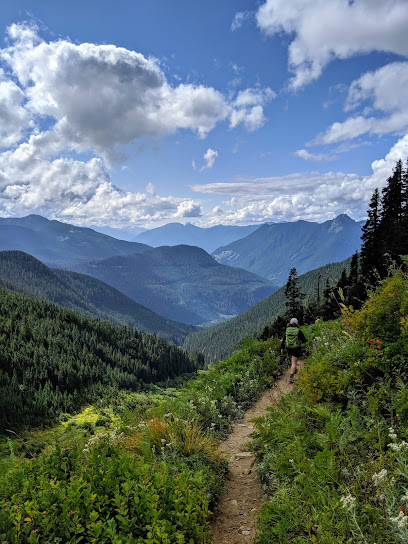
Shadow of the Sentinels Interpretive Site
Discover breathtaking views and rich biodiversity at the Shadow of the Sentinels Interpretive Site in Washington's North Cascades.
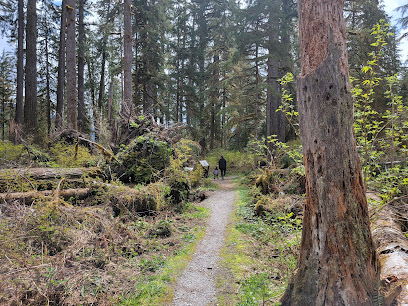
Unmissable attractions to see
Mount Rainier National Park
Explore the breathtaking landscapes and diverse wildlife of Mount Rainier National Park, a must-visit natural wonder in Washington State.
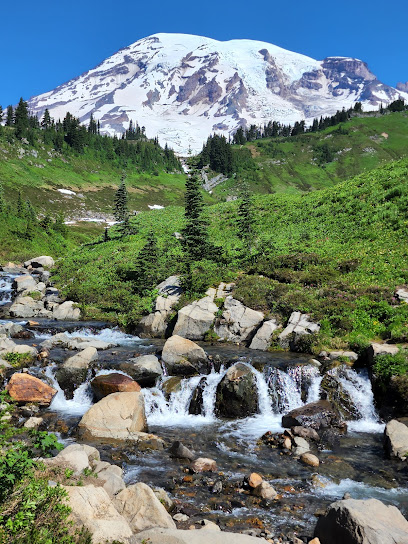
Mt. Baker-Snoqualmie National Forest
Explore the breathtaking landscapes of Mt. Baker-Snoqualmie National Forest, a paradise for outdoor enthusiasts and nature lovers in Washington State.
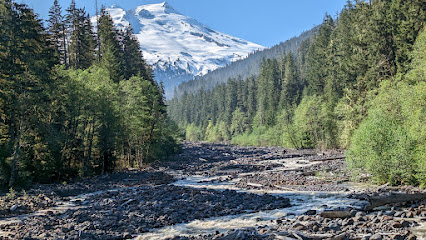
Lake Sammamish State Park
Explore the wonders of Lake Sammamish State Park, a beautiful state park in Issaquah, Washington, offering swimming, hiking, and stunning natural scenery.
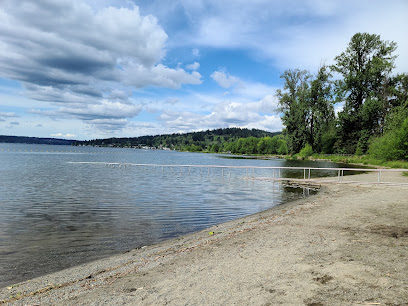
Diablo Lake Vista Point
Discover the stunning turquoise waters and majestic mountain views at Diablo Lake Vista Point, a scenic gem in Washington's North Cascades.
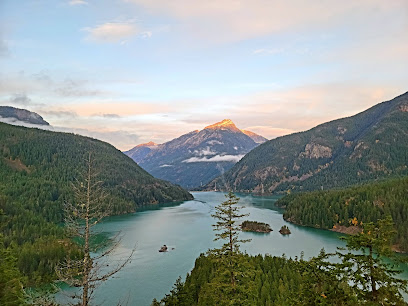
Mt. Baker Ski Area
Experience the ultimate winter adventure at Mt. Baker Ski Area, a top destination for skiing, snowboarding, and breathtaking mountain views.
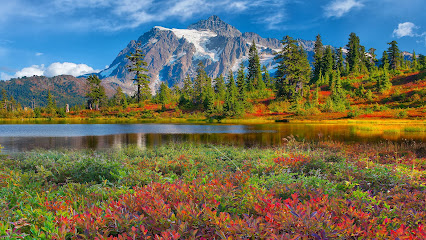
Artist Point
Explore Artist Point in Washington for breathtaking views of Mt. Baker and unforgettable hiking experiences amidst stunning natural beauty.

North Cascades National Park
Explore the breathtaking landscapes of North Cascades National Park, a hidden gem offering adventure, serenity, and stunning natural beauty.
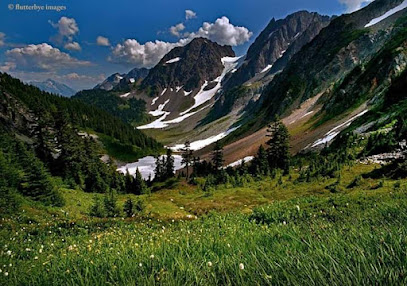
Lake Twenty-Two Trailhead
Experience the breathtaking beauty of Lake Twenty-Two Trailhead, a stunning hiking destination in Washington's wilderness, ideal for nature lovers and adventurers.
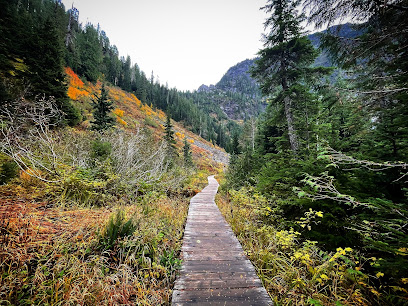
Hyak Sno-Park
Experience the thrill of winter sports and the beauty of nature at Hyak Sno-Park in Snoqualmie Pass, Washington. A perfect destination for snow lovers!
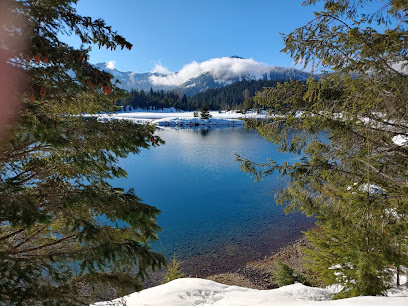
Poo Poo Point
Explore Poo Poo Point, a scenic hiking area in Issaquah, Washington, offering stunning views and diverse outdoor adventures for all visitors.

Mt. Si Trailhead
Experience the breathtaking beauty of Mt. Si Trailhead in King County, WA, a premier hiking destination offering stunning views and outdoor adventure.
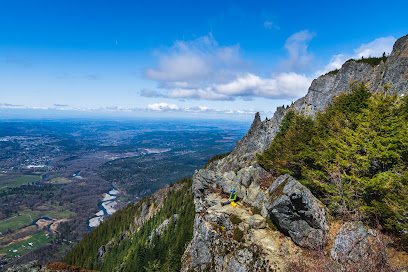
Lake Serene & Bridal Veil Falls Trailhead
Explore the stunning landscapes of Lake Serene & Bridal Veil Falls Trailhead, a top hiking destination near Gold Bar, Washington, perfect for nature lovers.
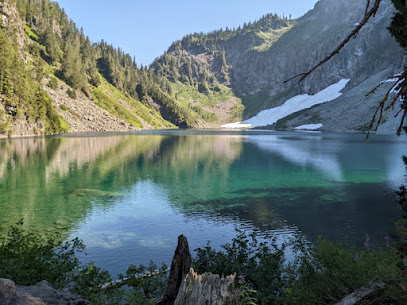
Franklin Falls Trailhead
Explore Franklin Falls Trailhead: A Hidden Gem for Hikers and Nature Lovers in North Bend, Washington, Offering Stunning Views and Tranquil Trails.
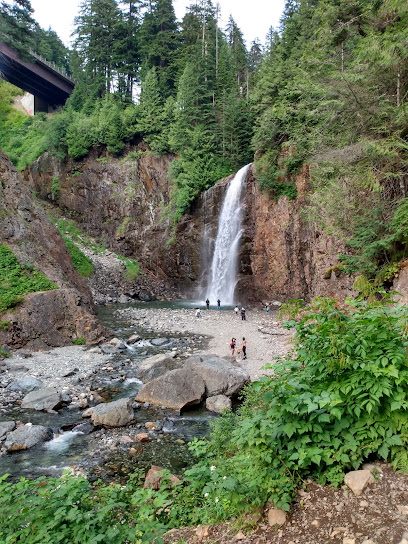
Snow Lake Trailhead
Discover the natural beauty of Snow Lake Trailhead in Washington, a perfect destination for hiking and camping enthusiasts amidst stunning landscapes.
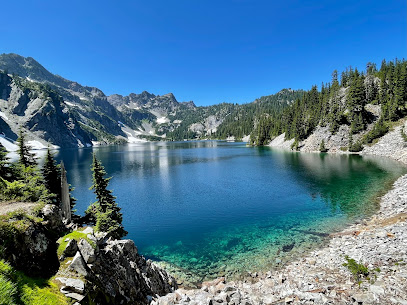
Big Four Ice Caves
Explore the breathtaking Big Four Ice Caves in Granite Falls, WA, where stunning vistas and unique ice formations await adventurers and nature lovers alike.
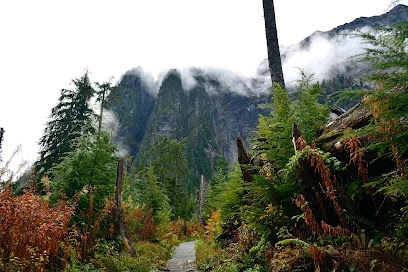
Essential places to dine
Mt. Baker-Snoqualmie National Forest
Discover the breathtaking beauty of Mt. Baker-Snoqualmie National Forest – your ultimate outdoor adventure awaits in Washington's stunning landscapes.
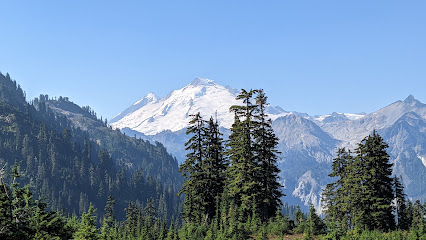
North Bend Bar & Grill
Experience exceptional New American cuisine at North Bend Bar & Grill in Washington's scenic North Bend—perfect for breakfast, brunch, or dinner.
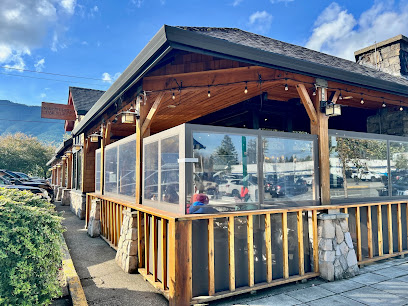
Aahaar an Indian Eatery
Experience authentic Indian flavors at Aahaar an Indian Eatery in Snoqualmie – where every dish tells a story.
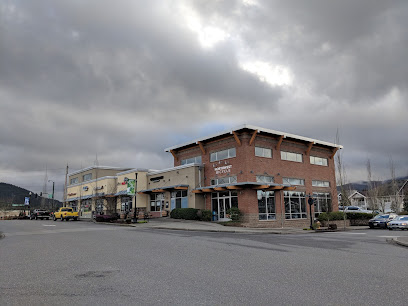
Falls Buffet
Experience diverse flavors at Falls Buffet - a culinary gem in Snoqualmie offering delicious dishes from around the world.
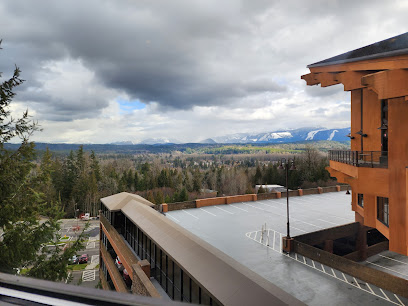
Caadxi Oaxaca
Experience the flavors of Mexico at Caadxi Oaxaca - where tradition meets taste in Snoqualmie.
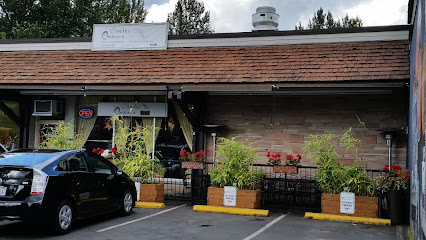
Chair 9 Woodstone Pizza & Sports Bar
Discover delicious woodstone pizzas and refreshing drinks at Chair 9 Woodstone Pizza & Sports Bar in Glacier, WA – perfect after your outdoor adventures!
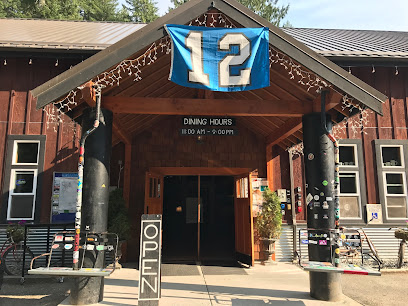
The Dining Room @ Salish Lodge & Spa
Experience exquisite American cuisine at The Dining Room @ Salish Lodge & Spa while soaking in breathtaking views of Snoqualmie Falls.

Snoqualmie Falls Brewery
Experience craft brews and delicious American cuisine at Snoqualmie Falls Brewery amidst stunning natural beauty.
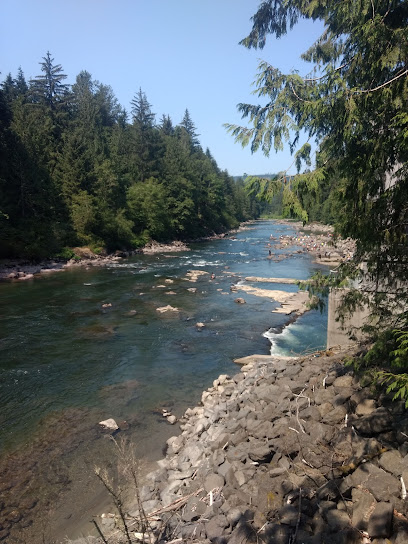
The Roadhouse Restaurant and Inn
Experience delightful local cuisine at The Roadhouse Restaurant and Inn in Fall City - a perfect blend of comfort food and rustic charm.
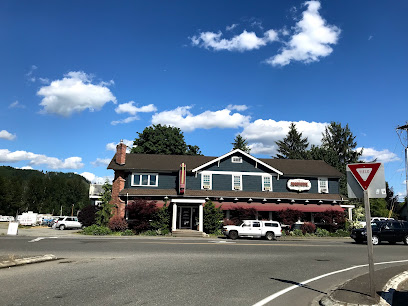
Summit Pancake House and Lounge
Discover delicious pancakes and family-friendly dining at Summit Pancake House & Lounge in scenic Snoqualmie Pass.
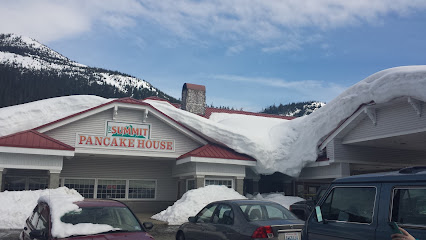
Gianfranco Ristorante Italiano
Experience authentic Italian cuisine at Gianfranco Ristorante Italiano in Snoqualmie—where tradition meets taste in a cozy setting.
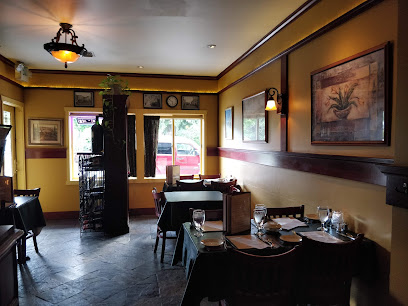
Copperstone Family Spaghetti Restaurant
Discover the rich flavors of Italy at Copperstone Family Spaghetti Restaurant - where every meal feels like home.

North Fork Brewery
Experience the best of Washington's craft beer scene at North Fork Brewery - where artisanal brews meet delicious wood-fired pizzas.
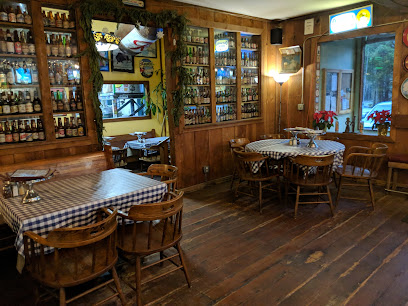
The Attic at Salish Lodge
Experience exquisite small plates and breathtaking views at The Attic at Salish Lodge in Snoqualmie, WA.
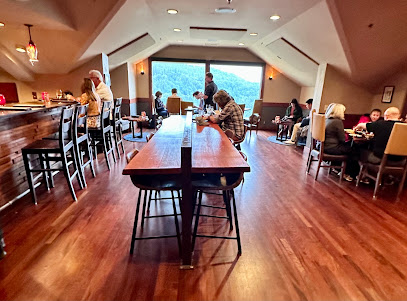
Buckshot Honey
Discover Buckshot Honey in Snoqualmie - where mouth-watering barbecue meets local charm in a cozy dining atmosphere.
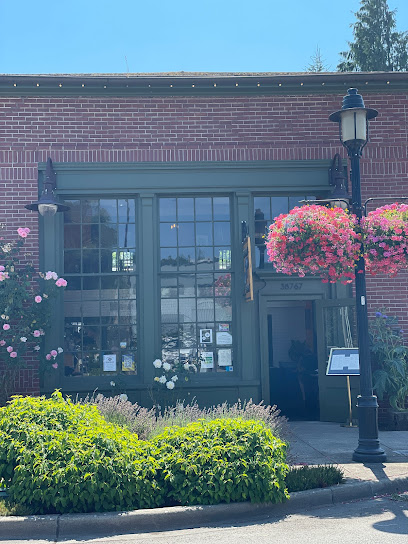
Markets, malls and hidden boutiques
Mt. Baker-Snoqualmie National Forest
Experience the breathtaking beauty of Mt. Baker-Snoqualmie National Forest, a paradise for outdoor enthusiasts and nature lovers in Washington State.
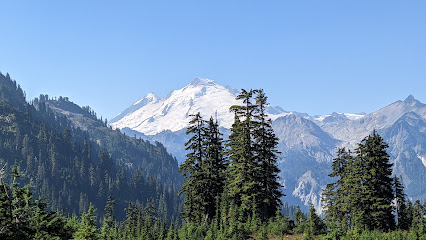
Safeway
Explore the variety and convenience at Safeway in Cle Elum - your ultimate grocery shopping experience with fresh produce and local specialties.
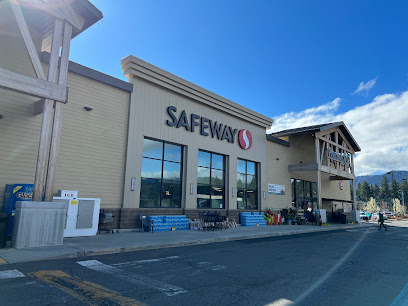
QFC
Explore QFC in Maple Valley for fresh groceries, delicious bakery treats, and a wide variety of gourmet options, all in one convenient location.
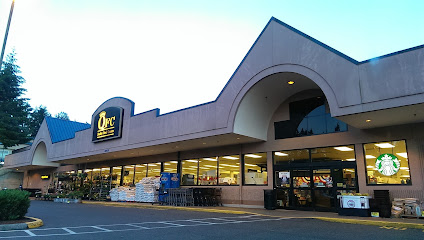
Laconia Market & Cafe
Laconia Market & Cafe: A cozy retreat in Snoqualmie Pass offering fresh food, great coffee, and a delightful atmosphere for all travelers.
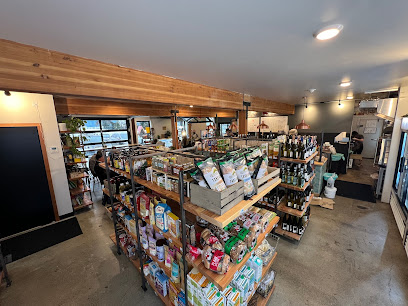
Snoqualmie Falls Gift Shop and Visitor Center
Discover unique souvenirs and local crafts at Snoqualmie Falls Gift Shop and Visitor Center, your gateway to the beauty of Washington.
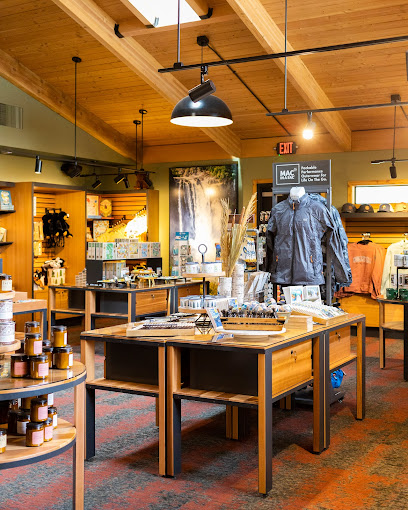
Down To Earth
Discover the charm of Snoqualmie's Down To Earth, a delightful gift shop and florist offering unique treasures and floral artistry.
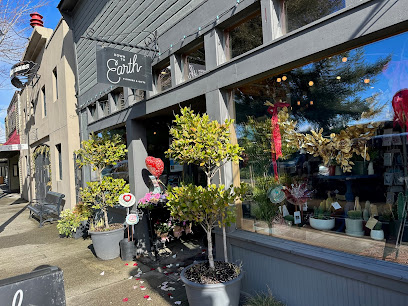
The Vintage Flea
Explore a captivating collection of antiques and vintage treasures at The Vintage Flea in Fall City, Washington.
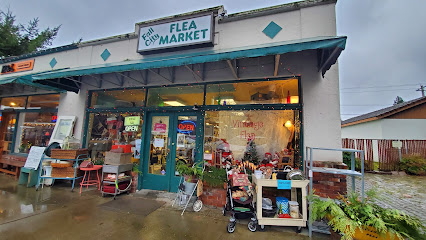
Wild Hare Antiques
Explore the charm of Wild Hare Antiques in Snoqualmie, where vintage treasures and unique collectibles await every curious visitor.
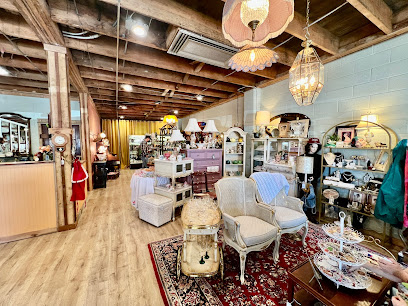
Snoqualmie Market
Explore Snoqualmie Market for a taste of local Washington flavors, fresh produce, and unique artisanal goods in a charming grocery store setting.
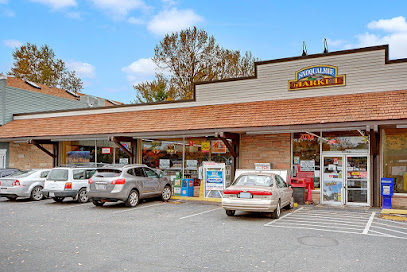
The Lucky Duck Thrift Shoppe
Explore The Lucky Duck Thrift Shoppe: A Second-Hand Haven for Unique Finds and Antiques in Fall City, Washington.
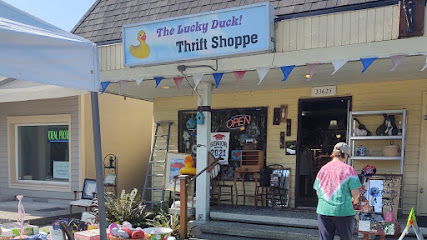
Carousel
Explore Carousel Gift Shop in Snoqualmie, WA - your destination for unique souvenirs, local crafts, and delightful treasures that embody the essence of the region.
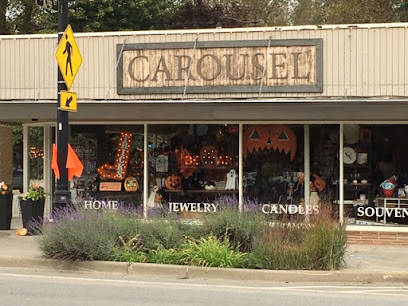
Baker-Snoqualmie National Forest
Explore the breathtaking Baker-Snoqualmie National Forest, where towering mountains and lush landscapes offer endless outdoor adventures and serene escapes.
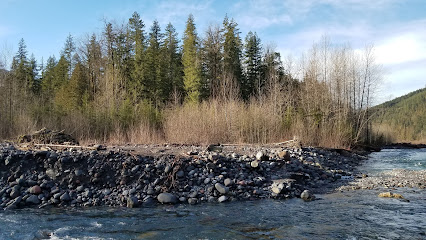
Mt Baker National Recreation Area
Discover the breathtaking landscapes and outdoor adventures awaiting you at Mt Baker National Recreation Area in Washington State.
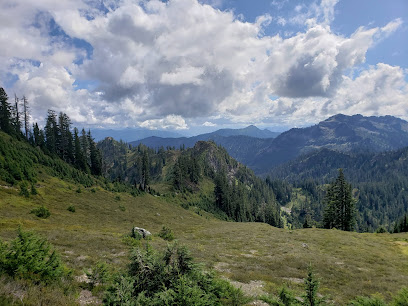
Love Bug Pet Boutique
Discover a unique pet supply store in Snoqualmie, offering premium products and exceptional care for your furry friends.
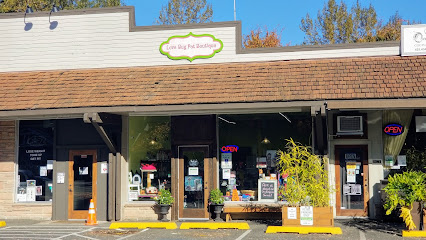
Mount Baker Wilderness
Explore the breathtaking landscapes and diverse ecosystems of Mount Baker Wilderness, a true haven for outdoor enthusiasts in Washington State.
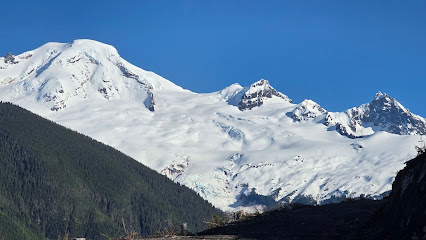
Essential bars & hidden hideouts
Mt. Baker-Snoqualmie National Forest
Experience the stunning landscapes and diverse wildlife of Mt. Baker-Snoqualmie National Forest, a perfect destination for outdoor adventure enthusiasts.
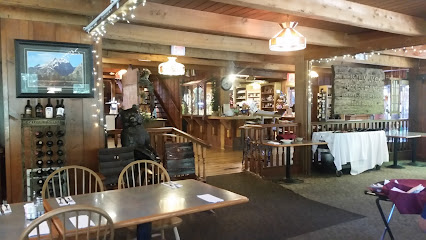
Snoqualmie Falls Brewery
Discover the charm of Snoqualmie Falls Brewery, where craft beer meets delicious American cuisine in a stunning natural setting.
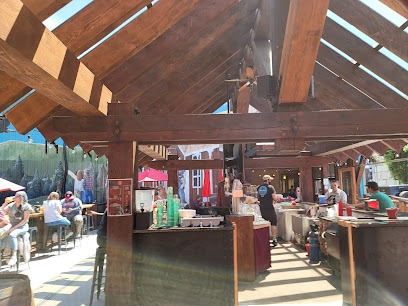
Mt Si Tavern
Discover the lively charm of Mt Si Tavern in North Bend, where great barbecue and a welcoming atmosphere await every visitor.
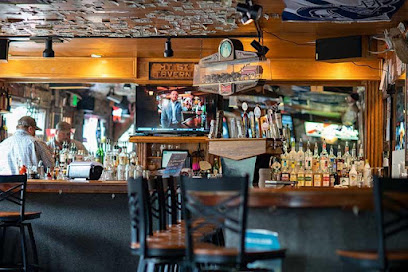
No Boat Brewing Company
Experience the best of craft brewing at No Boat Brewing Company in Snoqualmie, Washington, where quality meets community and innovation.
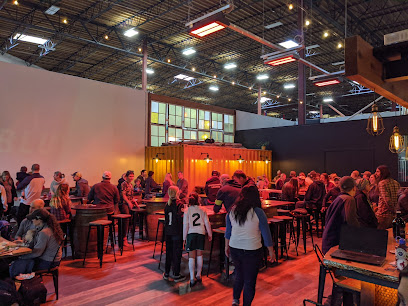
QFC
Discover local flavors and fresh ingredients at QFC in North Bend – your ultimate grocery destination for a taste of the Pacific Northwest.
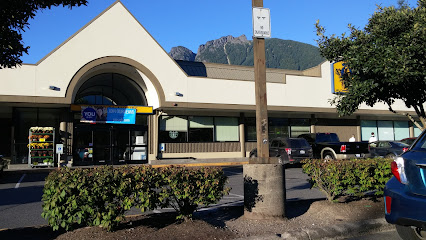
Thousand Trails Crescent Bar
A tranquil campground in Washington offering stunning riverside views and family-friendly adventures among nature's beauty.
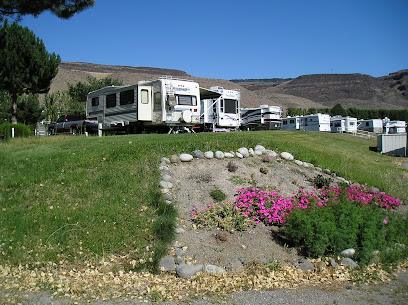
Volition Brewing Co.
Explore the best of craft brewing at Volition Brewing Co. in North Bend, WA, where quality meets community in every sip.
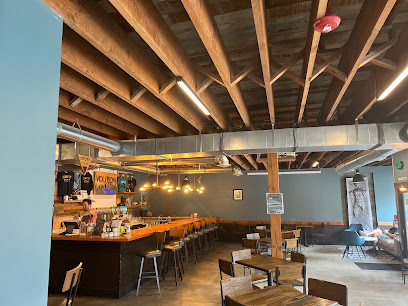
Lit Cigar Lounge
Experience the finest selection of premium cigars in a sophisticated and inviting atmosphere at Lit Cigar Lounge in Snoqualmie, WA.
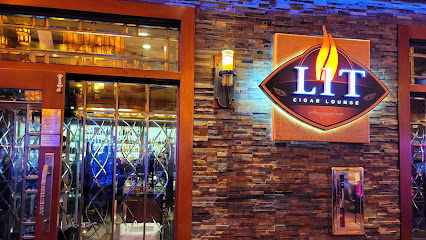
Baker-Snoqualmie National Forest
Explore the breathtaking Baker-Snoqualmie National Forest, a true gem in Washington offering adventure, wildlife, and stunning natural beauty.

Mt Baker-Snoqualmie National Forest
Discover the breathtaking beauty of Mt Baker-Snoqualmie National Forest, a Pacific Northwest gem for outdoor adventures and stunning vistas.

Mount Baker–Snoqualmie National Forest
Explore the breathtaking landscapes and diverse wildlife of Mount Baker–Snoqualmie National Forest, a natural paradise in Washington State.
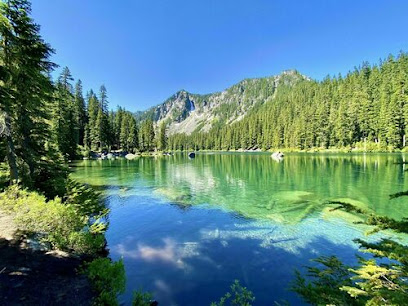
Mount Baker-Snoqualmie National Forest
Discover the breathtaking landscapes and diverse wildlife of Mount Baker-Snoqualmie National Forest, a paradise for outdoor enthusiasts in Washington State.
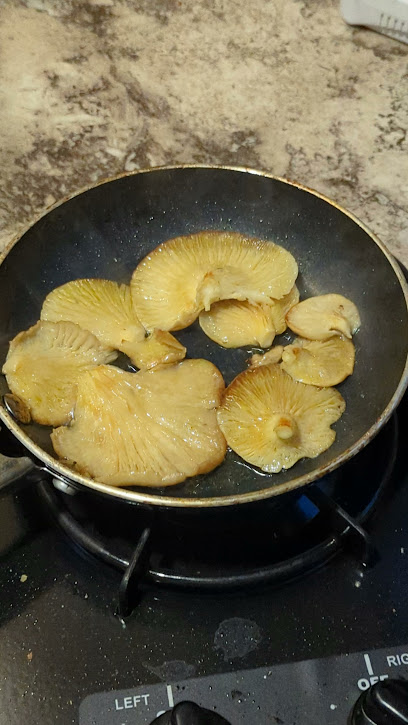
Local Phrases about Mount Baker-Snoqualmie National Forest
-
- HelloYá'át'ééh
[yah-ah-tay] - GoodbyeHa'át'íísh
[ha-aht-ee-sh] - YesAhe'
[ah-hay] - NoT'a'
[tah] - Please/You're welcomeAhe'hee'
[ah-hay-hee] - Thank youYá'át'ééh Kaa'íínií
[yah-ah-tay ka-ee-nee] - Excuse me/SorryLóó'óósh
[loh-ohsh] - How are you?Éí'íí'náhéí
[ay-ee-nah-hay] - Fine. And you?Dóó'óó' łeh
[doh-oh leh] - Do you speak English?Diné bizaad yizhí
[dee-nay bee-zaad yee-zhee] - I don't understandT'áá Diníít'iní
[tahah dee-nee-ee-tee-nee]
- HelloYá'át'ééh
-
- I'd like to see the menu, pleaseNihooliigaan saad bee haz'á
[nee-ho-lee-gahn saad bee haz-ah] - I don't eat meatAa naashjé'ii yéí náhásdlíí'
[ah nash-jay-ee yay nah-hahst-lee] - Cheers!Bíízhnii
[bee-zhnee] - I would like to pay, pleaseT'áá shil toozí
[tahah sheel too-zee]
- I'd like to see the menu, pleaseNihooliigaan saad bee haz'á
-
- Help!Neezht'é
[nee-zh-tay] - Go away!Doolzé
[dool-zay] - Call the Police!Naaltsoos biih yíłt'é
[nah-ahl-tsoos bee-yih yee-uhl-tay] - Call a doctor!Bilasáana yíłt'é
[bee-lah-sah-nah yee-uhl-tay] - I'm lostAaa, t'áá ahe'ózin
[ah-ah tahah ah-hay-oh-zeen] - I'm illT'áá nááhadím
[tahah nah-hah-deem]
- Help!Neezht'é
-
- I'd like to buy...Nihooliigaan t'áá hólí
[nee-ho-lee-gahn tah-hoh-lee] - I'm just lookingT'áá shil ní
[tahah sheel nee] - How much is it?T'áá áná
[tahah ah-nah] - That's too expensiveBilasáana
[bee-lah-sah-nah] - Can you lower the price?T'áá háyoo níłchí
[tahah hah-yoh neel-chee]
- I'd like to buy...Nihooliigaan t'áá hólí
-
- What time is it?Bááh nínaaz
[bah-ah nee-nahz] - It's one o'clockNíłchí'í nínaaz
[neel-chee-ee nee-nahz] - Half past (10)Neeshjizhí yiská
[nee-shjee-zhee yis-kah] - MorningAak'ei
[ahk-ay] - AfternoonT'ááwé
[tah-hah-way] - EveningTł'iish
[tlee-sh] - YesterdayShádi
[shah-dee] - TodayYázhí
[yah-zhee] - TomorrowT'ááłá
[tah-hah-lah] - 1Ndaa
[en-dah] - 2Naaki
[nah-ah-kee] - 3Tááwó
[tah-hah-woh] - 4Doolchí
[dool-chee] - 5Adoo'
[ah-doh] - 6Tl'izh
[tlee-zh] - 7T'ááłá
[tah-hah-lah] - 8T'ááłá
[tah-hah-lah] - 9T'ááłá
[tah-hah-lah] - 10T'ááłá
[tah-hah-lah]
- What time is it?Bááh nínaaz
-
- Where's a/the...?Hót'íísh
[ho-tee-sh] - What's the address?Bééshné
[bay-shnay] - Can you show me (on the map)?Ghaa'ájí
[ghah-ah-jee] - When's the next (bus)?T'áá shil yilwo
[tahah sheel yil-woh] - A ticket (to ....)Bilasána
[bee-lah-sah-nah]
- Where's a/the...?Hót'íísh
History of Mount Baker-Snoqualmie National Forest
-
Long before European settlers arrived, the land that now encompasses Mount Baker-Snoqualmie National Forest was home to several Native American tribes, including the Nooksack, Lummi, and Skagit peoples. These tribes thrived by hunting, fishing, and gathering in the rich and diverse ecosystems of the region. They held Mount Baker, known to them as Komo Kulshan, in great spiritual significance, considering it a sacred place.
-
The first documented European exploration of the area occurred in the late 18th century. British naval officer George Vancouver, during his 1792 expedition, named Mount Baker after his third lieutenant, Joseph Baker, who first spotted the peak from the deck of HMS Discovery. Early explorers and cartographers began to map the region, which paved the way for further exploration and settlement.
-
In the late 19th century, the Mount Baker-Snoqualmie region witnessed a surge of miners and prospectors due to the gold rushes in nearby areas. Although the region did not yield as much gold as other parts of the Pacific Northwest, the influx of settlers led to the establishment of small mining towns and boosted the local economy.
-
Mount Baker National Forest was established in 1908 and Snoqualmie National Forest followed in 1909. These designations were part of a broader movement to conserve and manage forest lands across the United States. The areas were eventually combined into Mount Baker-Snoqualmie National Forest in 1974, ensuring the protection of over 1.7 million acres of diverse landscapes.
-
The early 20th century saw the development of infrastructure to support outdoor recreation, including hiking trails, campgrounds, and ski areas. The Mount Baker Ski Area, established in 1927, became a popular destination for winter sports enthusiasts. The forest's trails and scenic routes also attracted hikers, climbers, and nature lovers, establishing the region as a premier outdoor recreation destination.
-
Throughout the 20th and 21st centuries, Mount Baker-Snoqualmie National Forest has been at the forefront of conservation efforts. These include initiatives to protect old-growth forests, preserve habitats for endangered species, and maintain the ecological balance of the region. Collaborative efforts between federal agencies, local communities, and environmental organizations have been crucial in these ongoing conservation endeavors.
Mount Baker-Snoqualmie National Forest Essentials
-
Mount Baker-Snoqualmie National Forest is located in Washington State. The nearest major airport is Seattle-Tacoma International Airport (SEA), approximately 70 miles south of the forest. From Seattle, you can rent a car and drive via Interstate 5 North and State Route 20 East, which will take about 2 hours. Alternatively, you can take an Amtrak train to Mount Vernon and then a local bus or taxi to reach the forest. For those preferring public transportation, Greyhound and other bus services also connect to nearby towns like Bellingham and Everett.
-
Once within Mount Baker-Snoqualmie National Forest, the best way to get around is by car. The forest spans over 1.7 million acres, and many of its attractions are accessible only by vehicle. There are several car rental services available in nearby cities like Seattle, Everett, and Bellingham. For those who prefer not to drive, guided tours are available that provide transportation to key sites. It's also worth noting that some areas of the forest can be accessed by hiking, biking, or horseback riding.
-
The official currency is the US Dollar (USD). Credit cards are widely accepted in nearby towns and at some visitor centers within the forest, but it's advisable to carry cash for smaller vendors and remote areas where card facilities may not be available. ATMs can be found in nearby towns such as Bellingham, Everett, and North Bend.
-
Mount Baker-Snoqualmie National Forest is generally safe for tourists, but it's always wise to take standard precautions. Avoid leaving valuables in your car, and be aware of your surroundings, especially in isolated areas. Crime rates targeting tourists are low, but it's advised to stick to well-traveled paths and avoid hiking alone. Wildlife encounters can be dangerous; always follow park guidelines regarding animals. Cell phone reception may be limited in some parts of the forest, so plan accordingly.
-
In case of an emergency, dial 911 for immediate assistance. The forest is patrolled by rangers who can help in emergencies. It's recommended to carry a first aid kit and know basic first aid. For medical emergencies, the nearest hospitals are in towns like Bellingham and Everett. Always let someone know your travel plans and estimated return time when hiking or exploring remote areas.
-
Fashion: Do wear comfortable hiking boots and weather-appropriate clothing. Layers are recommended due to varying weather conditions. Avoid wearing open-toed shoes or sandals. Religion: There are no specific religious customs to observe, but always respect cultural sites and indigenous land. Public Transport: Public transport is limited within the forest, so plan to drive or join a tour. Do respect other passengers and keep noise levels down. Greetings: A simple 'hello' or nod is sufficient when passing others on trails. Eating & Drinking: Do carry out all trash and follow Leave No Trace principles. Don't feed wildlife as it disrupts their natural behaviors.
-
To experience Mount Baker-Snoqualmie National Forest like a local, visit during the shoulder seasons (late spring and early fall) to avoid crowds. Explore lesser-known trails like the North Fork Sauk River Trail for a quieter experience. Engage with park rangers for insights and lesser-known spots. Consider camping overnight to fully immerse yourself in the natural beauty. Don't miss the scenic drive along the Mount Baker Highway for breathtaking views and photo opportunities.
Trending Landmarks in Mount Baker-Snoqualmie National Forest
-
Mt. Baker-Snoqualmie National Forest
-
Artist Point
-
Snow Lake Trailhead
-
Big Four Ice Caves
-
Annette Lake Trailhead
-
Squak Mountain State Park Natural Area
-
Tolmie Peak Fire Lookout
-
Middle Fork Snoqualmie Trailhead
-
Granite Mountain Trailhead
-
Picture Lake Viewpoint
-
Lower Mailbox Peak Trailhead
-
Granite Mountain Lookout
-
Park Butte Lookout
-
Hidden Lake Lookout
-
Shadow of the Sentinels Interpretive Site
Nearby Cities to Mount Baker-Snoqualmie National Forest
-
Things To Do in Kirkland
-
Things To Do in Bellevue
-
Things To Do in Everett
-
Things To Do in Marysville
-
Things To Do in Renton
-
Things To Do in Lynnwood
-
Things To Do in Seattle
-
Things To Do in Bremerton
-
Things To Do in Kent
-
Things To Do in Auburn
-
Things To Do in Federal Way
-
Things To Do in Tacoma
-
Things To Do in Bellingham
-
Things To Do in Yakima
-
Things To Do in Hood River













